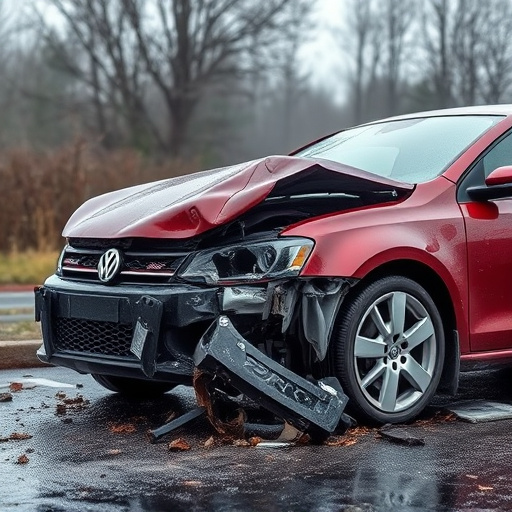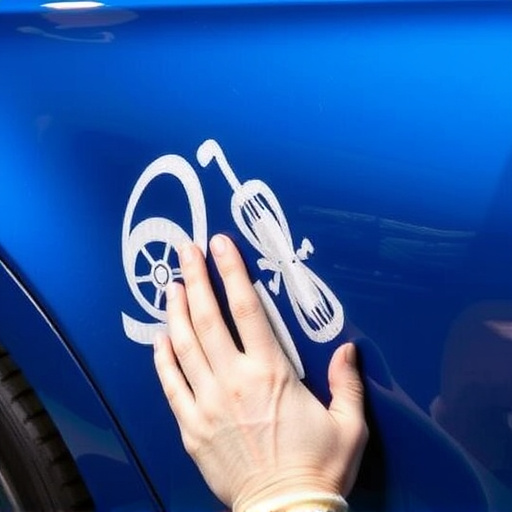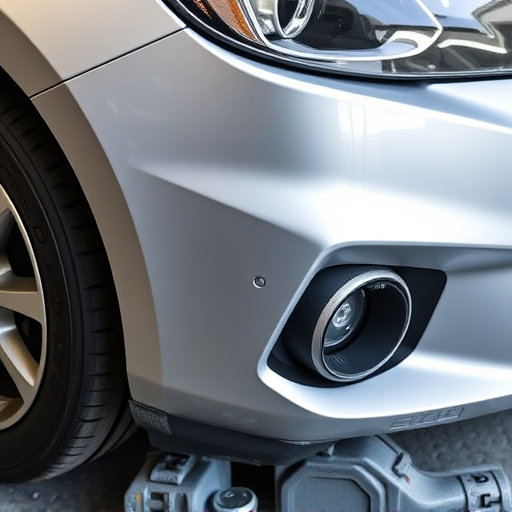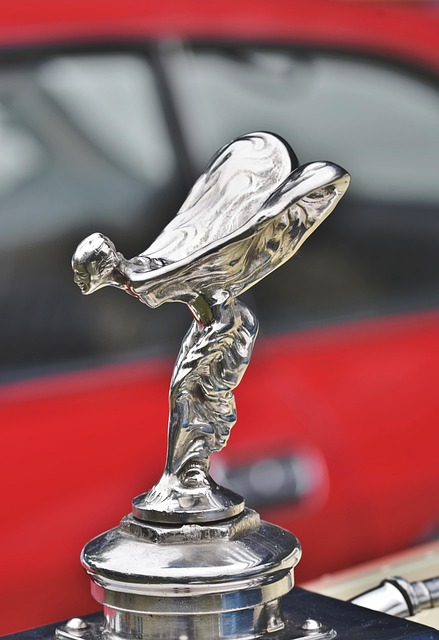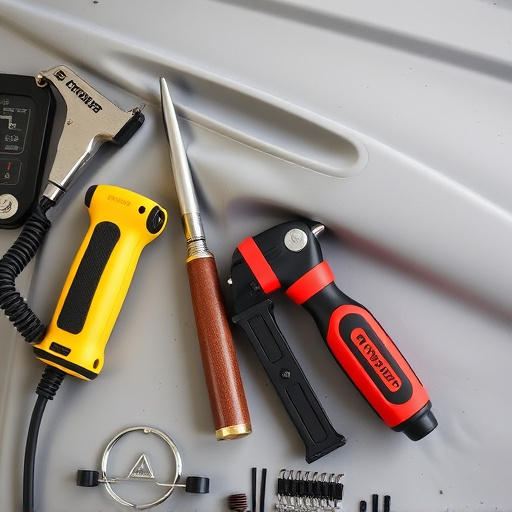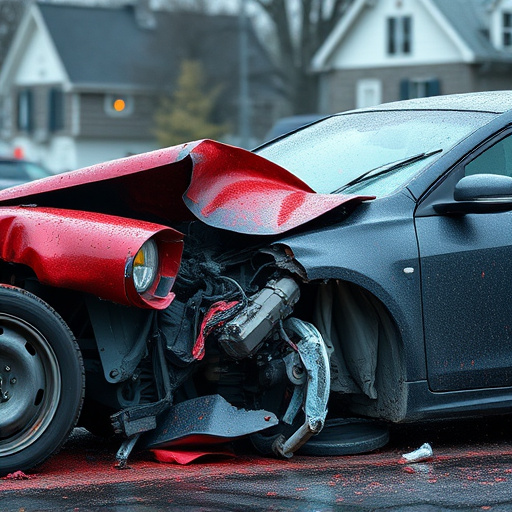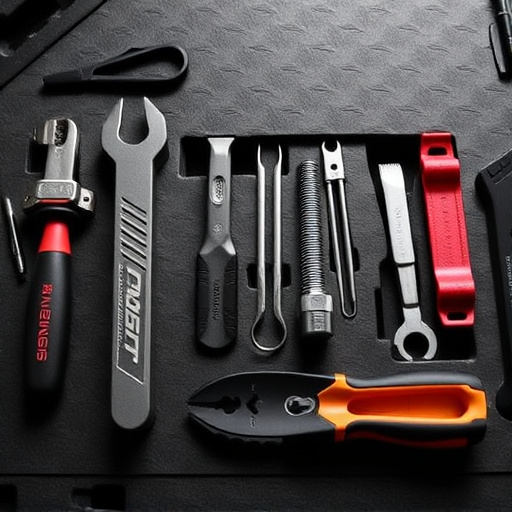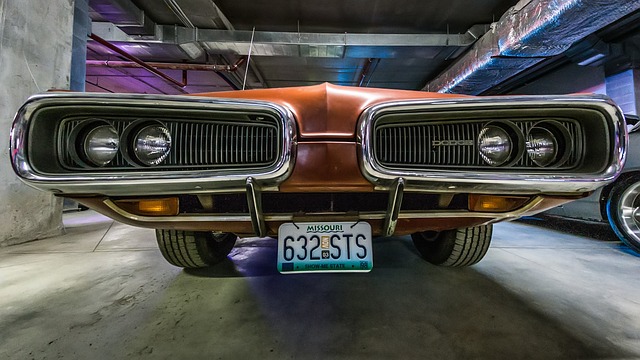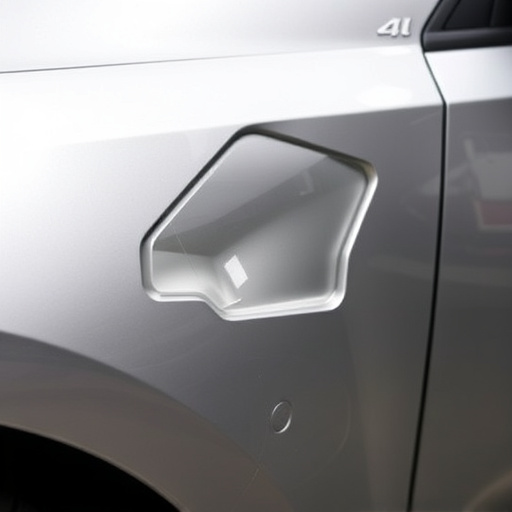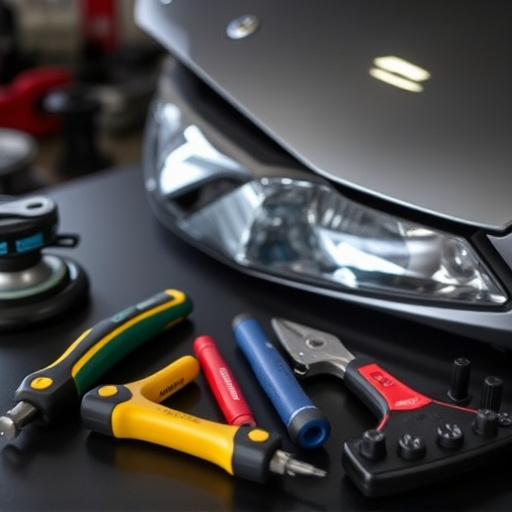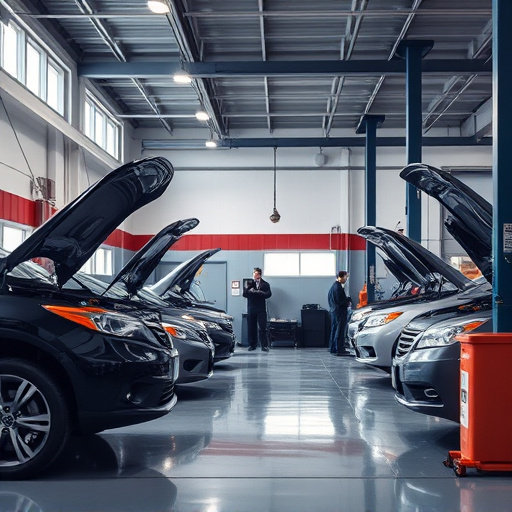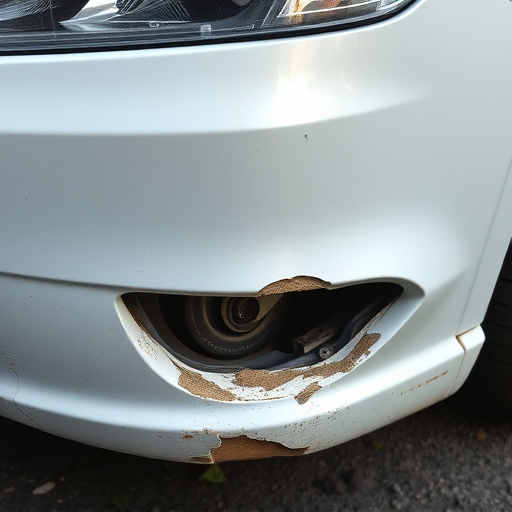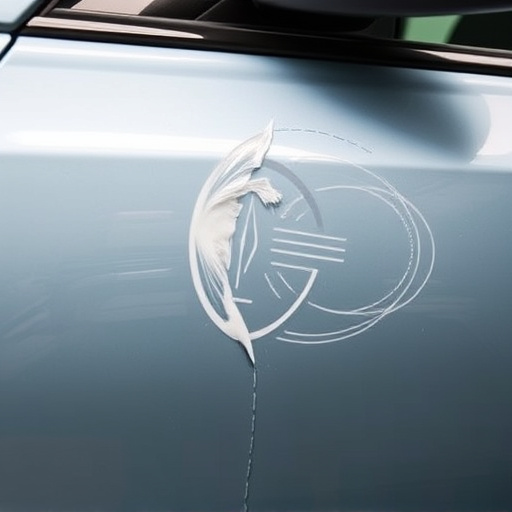Exceptional repair craftsmanship combines art and science, with meticulous detail, material understanding, and adaptable techniques. Key principles include damage assessment, high quality standards, and precision repairs mirroring originals. Metrics like precision, adherence to specs, use of industry-standard materials, and real-world testing ensure quality. Structured processes, comprehensive training, and detailed guidelines maintain consistent repair craftsmanship quality. Customers receive reliable, superior car repair services across paint and bodywork tasks.
In the realm of repair services, craftsmanship quality is paramount. This article delves into the key elements defining superior repair craftsmanship quality standards. We explore the understanding of core principles, metrics for assessment, and consistent implementation strategies. By examining these critical aspects, businesses can ensure their repairs meet high standards, fostering customer satisfaction and loyalty. Discover how defining and maintaining repair craftsmanship quality enhances service excellence in today’s competitive market.
- Understanding Core Principles of Repair Craftsmanship
- Defining Metrics for Assessing Quality Standards
- Ensuring Consistency and Excellence Through Implementation
Understanding Core Principles of Repair Craftsmanship
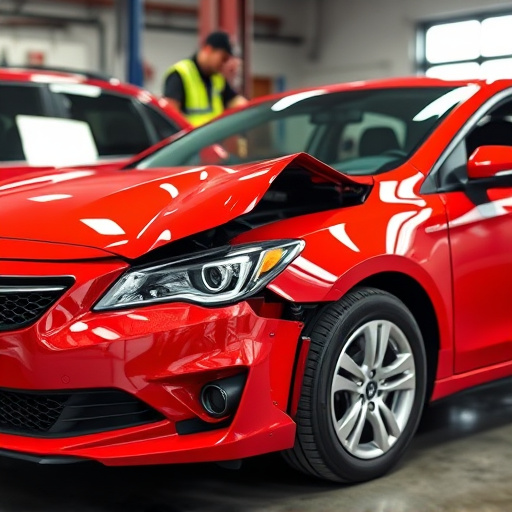
The foundation of exceptional repair craftsmanship lies in embracing core principles that transcend mere skill. It’s a harmonious blend of art and science, where precision meets creativity. Understanding these fundamentals is key to setting and maintaining unparalleled quality standards. At its heart, repair craftsmanship demands meticulous attention to detail, ensuring every repair mirrors the original work with uncanny accuracy. This involves a deep understanding of materials, tools, and techniques specific to various surfaces and finishes.
Moreover, the ability to assess and interpret damage is crucial. Technicians must possess keen observational skills to accurately diagnose issues, whether it’s a shallow scratch on a car’s body or complex damage requiring structural repairs. Equally vital is adaptability; each repair project presents unique challenges. Skilled technicians seamlessly navigate these obstacles, demonstrating versatility in their approach. This dynamic nature of repair craftsmanship ensures that every job, from routine tire services to intricate scratch repairs, is handled with the same level of care and precision, elevating auto maintenance to a new standard of excellence.
Defining Metrics for Assessing Quality Standards
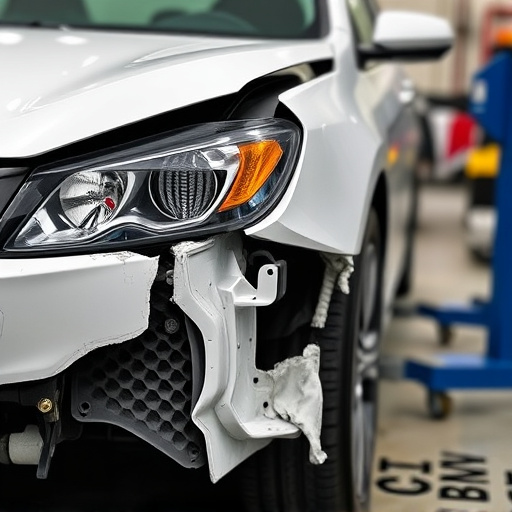
Defining metrics is a critical step in establishing clear quality standards for any craft, and repair craftsmanship is no exception. When it comes to evaluating the quality of work in a car body shop or vehicle repair facility, several key performance indicators (KPIs) come into play. These metrics ensure that repairs are not only visually appealing but also structurally sound and safe. One primary metric is precision; every repair should adhere to strict dimensions and specifications, ensuring the vehicle’s original integrity is maintained.
Another essential aspect is using the right materials and following industry-standard procedures. In car body repair, for instance, this involves utilizing high-quality paints and bonding agents that match the vehicle’s original finish. Effective quality control measures also include rigorous testing to simulate real-world conditions, ensuring repairs can withstand everyday use. By setting these metrics and regularly assessing them, car body shops can guarantee their work meets the highest repair craftsmanship quality standards.
Ensuring Consistency and Excellence Through Implementation
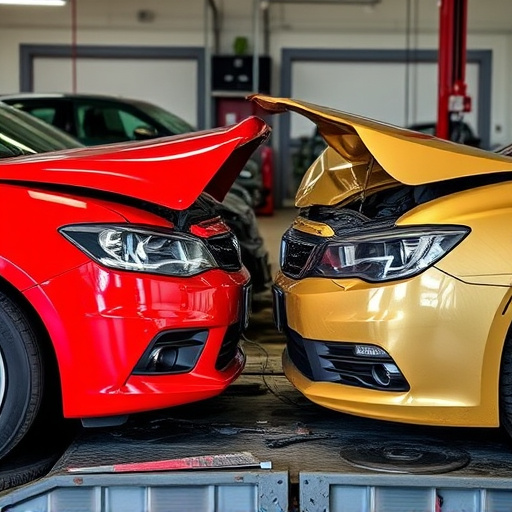
Consistency is key when it comes to repair craftsmanship quality. To maintain high standards, workshops must implement systematic processes and training programs that educate and standardize procedures across all teams. This involves setting clear guidelines for each stage of the repair process, from initial assessment to final inspection, ensuring every technician follows the same meticulous approach. By fostering a culture of consistency, automotive restoration experts can guarantee that every car undergoing paint services or bodywork services is repaired to an excellent, uniform quality.
Regular training sessions and quality control checks further solidify this commitment to excellence. These activities allow technicians to stay updated with industry best practices and refine their skills, ensuring they meet the required standards for repair craftsmanship. Ultimately, a well-implemented consistent approach enhances customer satisfaction, as they receive reliable and superior car repair services, be it for paint services or bodywork repairs.
In conclusion, achieving high standards in repair craftsmanship involves a holistic approach. By adhering to core principles, defining measurable metrics, and consistently implementing best practices, professionals can ensure exceptional repair quality. These key elements form a robust framework for excellence, fostering customer satisfaction and building a reputation for reliable, top-tier repair services.
